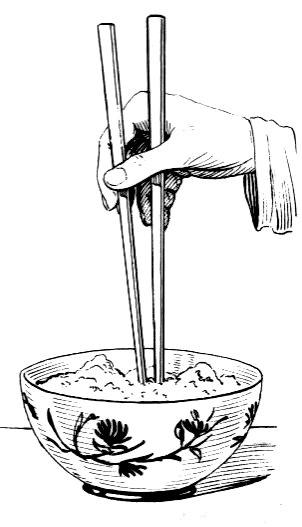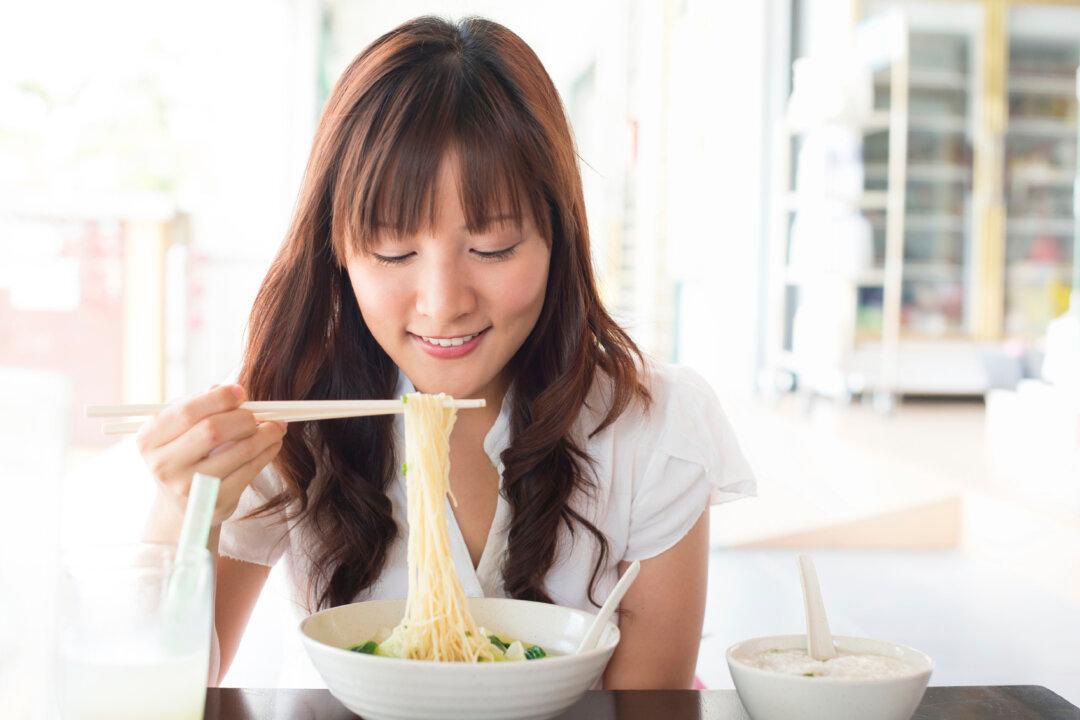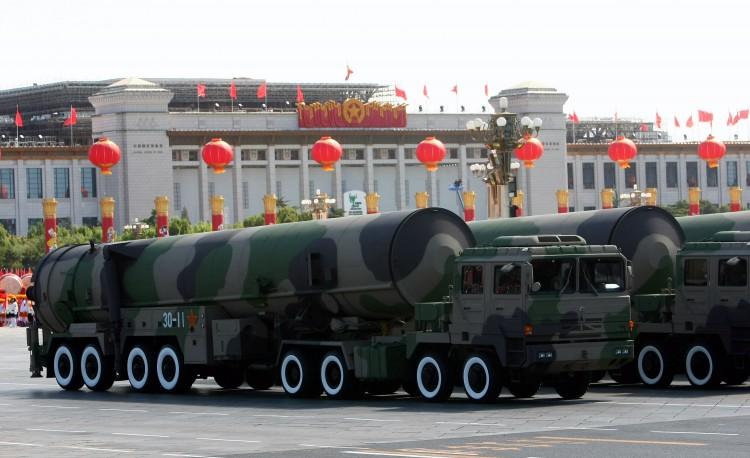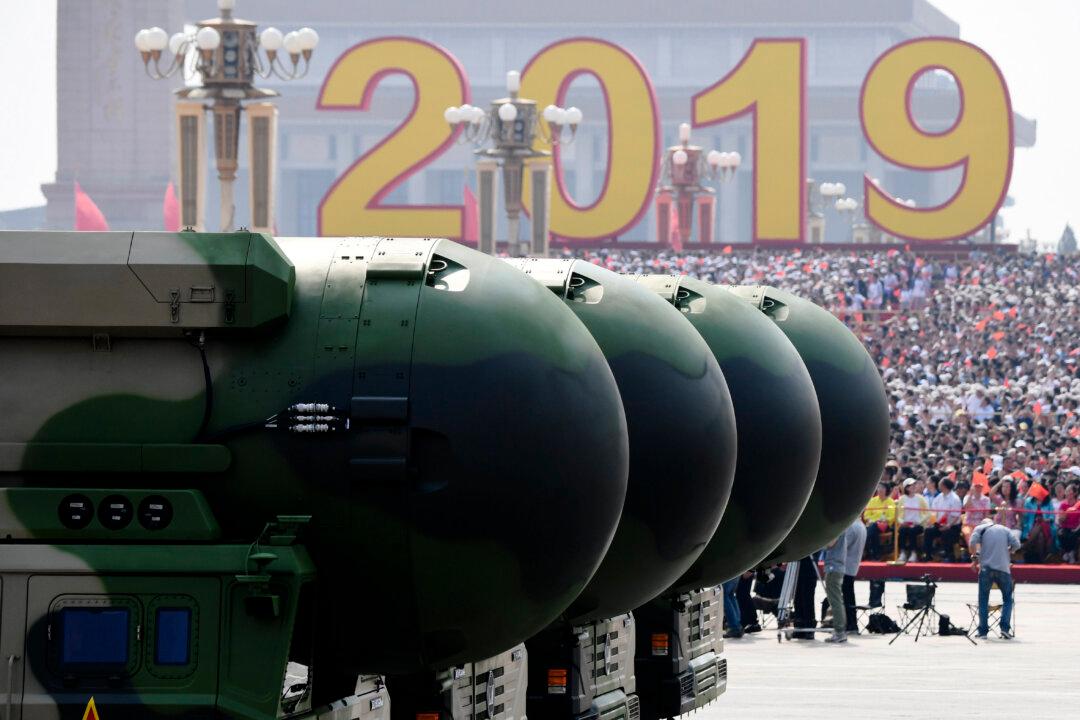Now made ubiquitous by the spread of Asian cuisine, chopsticks have been the dining utensil of choice in China, Korea, Japan, and Vietnam for thousands of years. As a part of the local culture, chopsticks are dipped in various legends and folk customs.
One popular tale holds that chopsticks were invented by the legendary Chinese Emperor Yu the Great, during a time when civilization was threatened by massive floods.
Too busy with work on the innovative system of dikes that would control the waters, Yu couldn’t spare time to see his wife and children, let alone sit down to have a decent meal. Once, when his labors brought him to an island, Yu set up a pot and fire to cook meat. Anxious to fill his stomach and get back to the task at hand rather than wait for the pot to cool, he snapped a couple twigs from a tree branch and picked the meat directly from the boiling oily water. His followers imitated him, and the chopstick was born.
The earliest confirmed chopsticks were a metal pair unearthed from a Shang Dynasty (circa 1600–1046 B.C.) archaeological site, the Ruins of Yin.
Eating with chopsticks gradually became commonplace. Cutting food before serving conserved fuel (as smaller pieces can be cooked faster) and eliminated the need for table knives, which were considered barbarian.
Confucius, the philosopher who lived in the 6th century B.C., is known for saying that the gentleman “allows no knives on his table.”
Symbolic Conventions
Physically, chopsticks demonstrate elements of Chinese philosophy, notably the yin-yang binary. The two chopsticks must be used as a pair, with one held firm while the other moves, to be of utility. This reflects the understanding of yin and yang as respectively passive and active elements that form the concept of a dynamic whole.
A common style of chopstick has round and square ends, reflecting heaven, which is depicted as circular in Chinese thought, and earth, which is represented by square shapes. This has its origin in the eight trigrams, a set of principles used for divination. The fingers, situated in the middle, stand for humanity, which is nourished by heaven and earth. Because they signify the union of heaven and earth, chopsticks are seen as auspicious, and are often included as wedding dowries to bless newlyweds.





